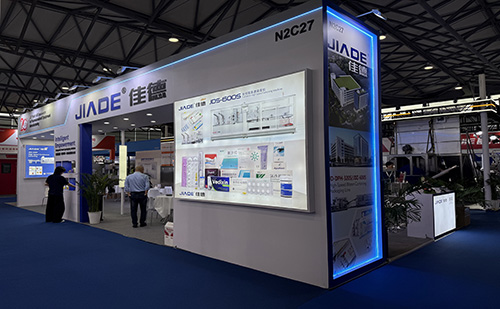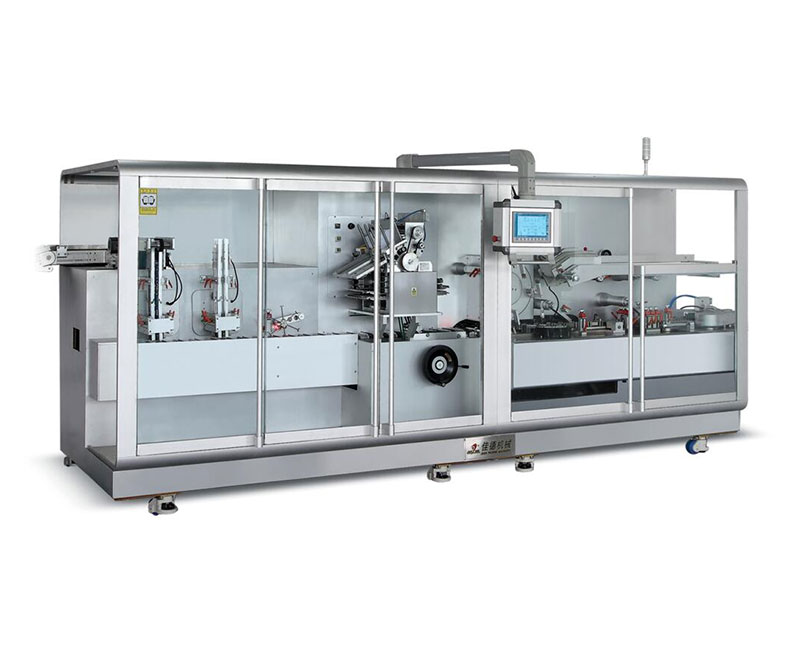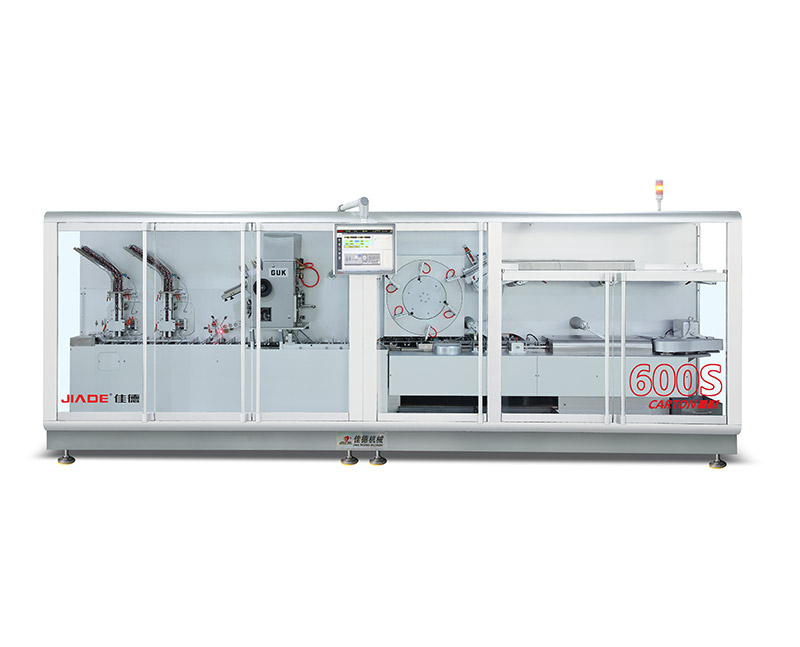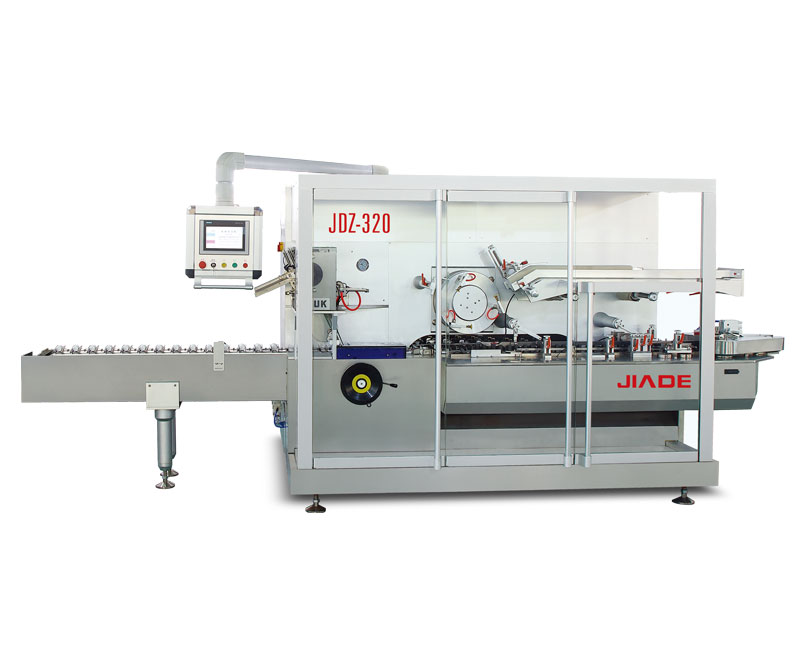The Application of Blister Packaging Machines in the Pharmaceutical Industry
In the pharmaceutical industry, every segments —from drug formulation to final delivery—carries the weight of patient safety and regulatory compliance. Packaging, often overlooked as a “support function,” is actually a critical barrier that protects medications from contamination, preserves potency, and prevents tampering. Among the various packaging solutions available, blister packaging has emerged as a gold standard for solid and semi-solid pharmaceuticals—and the blister packaging machines designed for this sector are the unsung heroes behind reliable, consistent production. But how exactly do these machines meet the unique demands of the pharmaceutical industry, and what makes them indispensable for modern drug manufacturers? Let’s explore.
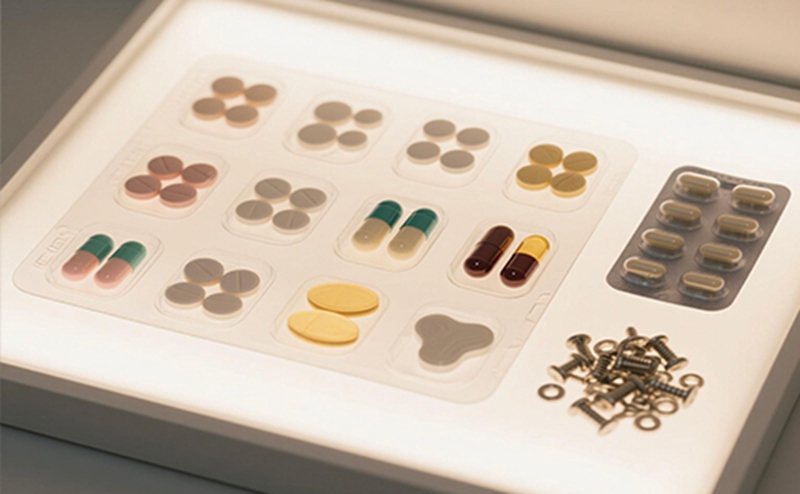
Why the Pharmaceutical Industry Relies on Blister Packaging?
Before diving into machine applications, it’s critical to understand why blister packaging has become a staple in pharmaceuticals. Unlike traditional bottles or pouches, blister packs offer a combination of protection, visibility, and dosage control that aligns perfectly with the industry’s priorities—and blister packaging machines turn this design into scalable, compliant production.
Pharmaceutical products, especially tablets, capsules, and small sachets of ointments, are highly sensitive to environmental factors: moisture, oxygen, light, and physical damage can degrade active ingredients, rendering drugs ineffective or even harmful. Blister packs address this with two key components: a thermoformed plastic cavity that holds the medication, and a lidding film that seals the cavity hermetically. This structure creates a “unit-dose” format—each blister contains one dose—reducing the risk of overdosage, contamination from repeated bottle openings, and medication waste.But none of this is possible without specialized blister packaging machines.
Core Application Scenarios of Blister Packaging Machines in Pharmaceuticals
Blister packaging machines aren’t a “one-size-fits-all” tool—they adapt to the diverse needs of pharmaceutical products, from small, high-value pills to large, irregularly shaped tablets. Below are the key scenarios where these machines deliver the most value:
1. Solid Oral Dosage Forms (Tablets & Capsules)
The most common application of pharmaceutical blister packaging machines is for solid oral dosages—accounting for over 60% of blister-packed pharmaceuticals globally. These machines handle everything from standard round tablets to oblong capsules, with customizable cavity molds that match the exact size and shape of the medication.
2. Semi-Solid & Topical Pharmaceuticals
Ointments, creams, gels, and suppositories present unique packaging challenges—they’re viscous, prone to contamination, and require airtight seals to prevent drying out. Pharmaceutical blister packaging machines address this with specialized filling systems, such as piston fillers or peristaltic pumps, that dispense precise amounts of semi-solids into blister cavities without spillage.The lidding film for these products is often a multi-layer barrier material that blocks moisture and oxygen more effectively than standard films. Some machines also include a “cold forming” feature—using pressure instead of heat to shape the blister cavity—which is ideal for heat-sensitive semi-solids that could degrade under high temperatures.
3. Specialty & High-Security Pharmaceuticals
High-value drugs (such as oncology medications) or controlled substances require extra layers of security to prevent counterfeiting and tampering. Blister packaging machines for these applications integrate advanced features like:
•Holographic lidding films that are nearly impossible to replicate;
•Serialization codes (printed via laser or inkjet) on each blister, allowing traceability from production to patient;•Tamper-evident seals that show visible damage if opened prematurely.
•These machines also include stricter contamination controls.
Key Technical Advantages of Pharmaceutical Blister Packaging Machines
What sets pharmaceutical blister packaging machines apart from general-purpose packaging equipment? Their design is engineered around the industry’s non-negotiable priorities: compliance, safety, and efficiency. Here are the standout advantages:
1. GMP Compliance & Regulatory Alignment
Good Manufacturing Practices (GMP) are the backbone of pharmaceutical production—and blister packaging machines are built to meet these standards. They feature:
•Smooth, easy-to-clean surfaces (no crevices where dust or residue can accumulate);
•Material contact parts made of food-grade/pharmaceutical-grade stainless steel (316L is common) that resist corrosion and don’t leach chemicals into products;
2. Sterile Operation & Contamination Control
Even the smallest particle of dust or bacteria can ruin a batch of pharmaceuticals. Pharmaceutical blister packaging machines mitigate this with:
•Inline sterilization systems (such as UV light or hydrogen peroxide fogging) that sanitize blister webs and lidding films before use;
•Positive pressure chambers around the filling and sealing stations, which prevent contaminated air from entering the workspace;
3. Precision & Consistency at Scale
Pharmaceutical production demands near-perfect consistency—each blister must have the same seal strength, each dose must be identical. Blister packaging machines achieve this with:
•Servo-driven systems that control cavity forming, dosing, and sealing with micron-level accuracy;
•Inline vision inspection cameras that check for defects at speeds of up to 200 blisters per minute;
•Automatic adjustment features that correct minor deviations in real time, without stopping production.
Critical Considerations When Choosing a Pharmaceutical Blister Packaging Machine
Investing in a pharmaceutical blister packaging machine is a long-term decision—one that impacts compliance, production costs, and patient safety. Below are the key factors to evaluate before purchasing:
1. Compatibility with Product Types & Sizes
Not all machines handle all pharmaceuticals. For example, a machine designed for small tablets may struggle with large suppositories, and a heat-sealing machine isn’t suitable for heat-sensitive drugs. Ensure the machine can accommodate your current product range and has room to scale for future products (e.g., adjustable molds, interchangeable dosing systems).
2. Compliance with Regional Regulations
Regulatory requirements vary by region—what meets FDA standards in the U.S. may not align with EU EMA guidelines or Asian regulatory bodies. Choose a machine that can be configured to meet the specific standards of your target markets, including serialization and documentation requirements.
3. Maintenance & Downtime Management
Pharmaceutical production can’t afford extended downtime. Look for machines with:
•Predictive maintenance features;
•Easy access to critical components (no need for specialized tools to replace seals or molds);
•Manufacturer support that includes 24/7 technical assistance and fast delivery of replacement parts.
4. Integration with Existing Production Lines
Most pharmaceutical facilities don’t operate in isolation—blister packaging machines need to work with upstream equipment and downstream systems. Choose a machine with open communication protocols that allow seamless integration, reducing manual handling and error risks.
Ready to Elevate Your Pharmaceutical Packaging Process?
If your pharmaceutical facility is struggling with inconsistent packaging quality, compliance gaps, or slow production speeds, a specialized blister packaging machine could be the solution. These machines don’t just package drugs—they protect patient safety, simplify regulatory compliance, and scale production to meet growing demand.
To find the right pharmaceutical blister packaging machine for your needs, contact JIADE today. We’ll help you assess your product range, compliance requirements, and production goals, and connect you with solutions that align with your long-term strategy. Whether you’re producing generic tablets or high-security specialty drugs, we have the expertise to guide your decision.
AI assistance was used for 28% of this content, primarily for technical term verification and structure refinement to ensure industry accuracy.


